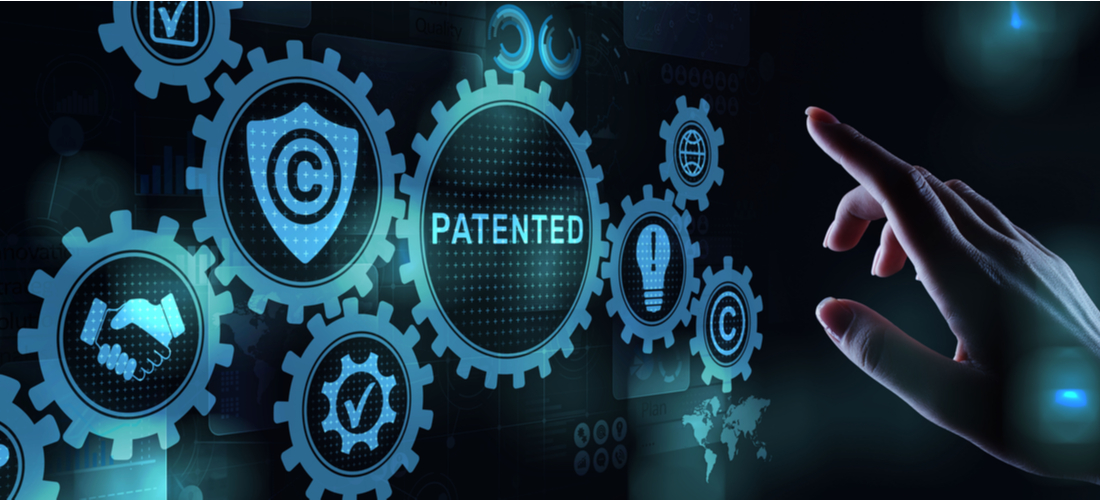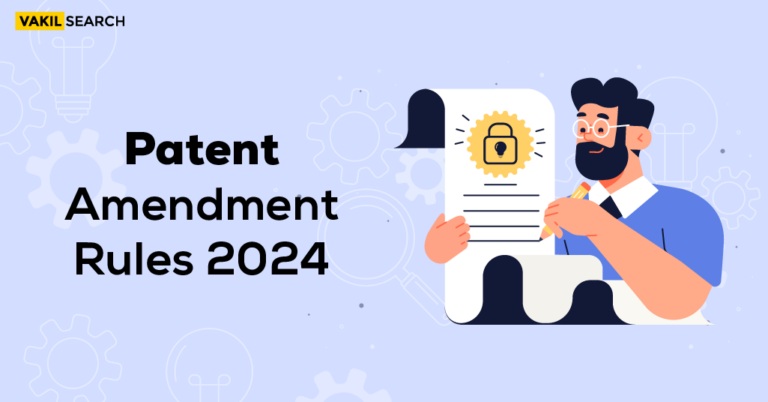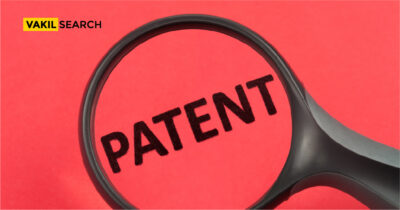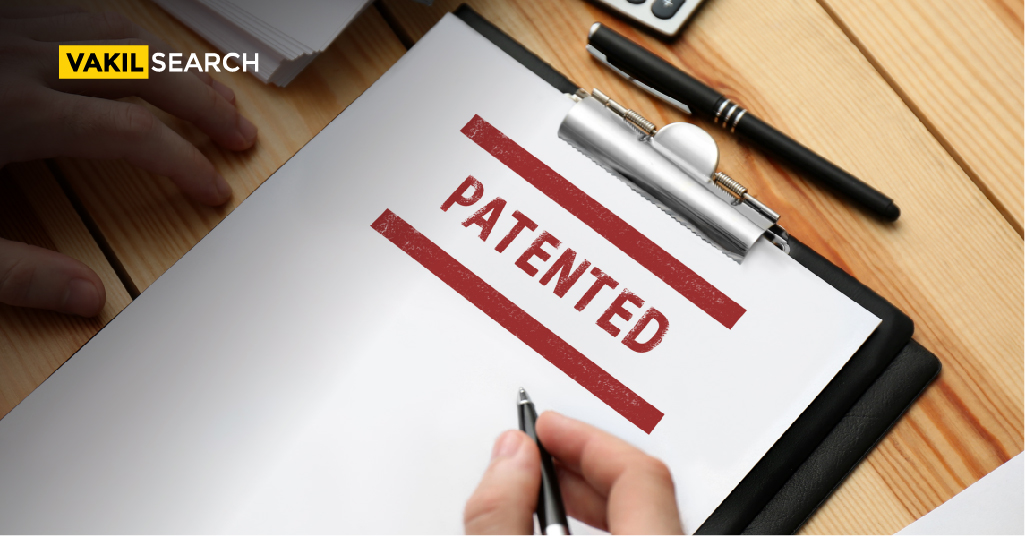Read this blog to know about the pros and cons of filing a patent in India and learn how you may, as an investor, consider filing for one.
Yes, there are certain advantages and disadvantages of filing a patent. In this blog, we will learn about both in detail. Keep reading below!
A patent is an intellectual asset that grants its owner the statutory right to prevent others from creating, using, or distributing goods for a set duration in exchange for the invention’s necessary disclosure being published. In most nations, property courts protect patent rights, and to maintain them, the patent owner must prosecute someone who infringes on the patent. Patents are an invaluable asset in some industries, but they are worthless in others.
According to legislation agreements, the system for issuing patents, the requirements put on the patent holder, and the scope of the rights differ significantly between nations. On the other hand, a patent filing must typically involve single or more assertions that identify the area of protection sought. A patent may contain several claims, and each defines a distinct right to property. These assertions must satisfy multiple patent law conditions, including invention, utility, and quasi in the country.
A patent doesn’t entirely grant the right to create, use, or sell a product. Instead, a patent gives the holder the legal authority to forbid anyone from making, utilising, distributing, putting for sale, or acquiring the patentee for the duration of the patent, which is usually 20 years from the issue date if maintenance costs are paid. However, from an economic sense, a patent should be viewed as bestowing on its owner “the duty to attempt to preclude by claiming a patent in court,” because many issued patents are declared invalid once their owners try to prove them in the Jury.
Patent Registration in India: A patent is a regional legal title granted by the government to creators in return for their willingness to share information about their ideas with the general public. It can be sold, licenced, refinanced, leased or sold, donated, or abandoned, just like every property asset.
Challenges That You May Face
In most countries, opposition procedures are available for external parties to contest the validity of a granted at the local patent office. The legality of a patent can also be challenged in court. The opposing party shows that the invention should never be awarded in either circumstance. There are a few grounds for obstacles: the claimed source material is not copyrightable at all; the asserted topic was not unusual at the time the implementation was filed or was evident to a person skilled inside the art; or a kind of fraud was dedicated during litigation about inventor listings, depictions about when inventions were made, and so on.
Patent Filing: Advantages
- Exclusive Licences
- Encourages Creativity
- Commercially viable
Patent Filing: Disadvantages
- Acquiring it is difficult.
- Defending Against Infringers
- Time is limited.
Advantage 1: Exclusive Licences
It’s quite powerful. So, it brings to the first benefit of patents.
The “rights” provided to an inventor were disputed and battled over. Still, it is now established law that if an inventor receives a patent from the Trade Mark Department, they have enough rights to exclude anybody from:
- Creating
- Utilising
- Purchasing
- Immigration
That selection might not mean anything to you right now, then let us break it down to see what it all means –
Being the only person permitted to produce the invention implies nobody else is allowed to develop or make about the actual materials required to complete the asserted design. While it may be challenging to implement if someone is manufacturing the innovation in their home or business, once it is brought into the public light, it is evident that they have manufactured your product and have violated the first claim.
The actual “making” or “creating” in the context of a technique patent requiring computer technology is far more challenging to comprehend. So, in this view, no one is authorised to “brought about” (write the program, place the circuits, organise the devices, etc.) in the steps or procedure you have given out within your set of assertions.
To be held accountable for trademark infringement, one must establish that they violated one of the patent’s assertions.
Leveraging is a simple concept that can be used in every situation. It is the physical innovation in contraption patents, and even partial usage or use of a subset (reliant) claim will violate. The “doctrine of counterparts,” which was formed by the judiciary and high court, allows copyright claims to be made against parties attempting to avoid a violation by avoiding the relevant laws.
These stealthy infringers are not employing the idea themselves; instead, they are foreign firms who contract Company businesses to utilise it for chevalier purposes. This is known as tort, and foreign organisations and individuals have been held accountable in the courts.
For the most part, selling the product is also what you imagine. It is vital to remember that it is only a safeguard for the country where you have patent laws (much like the other rights of creating, utilising, and distributing). To put it another way, if you merely have a patent, no one can stop you from selling your patented idea internationally.
Advantage 2: Encourages Creativity
The patent laws were not designed to attract scientists with anything but subsurface, 1st technology. No, it was intended for inventors to enhance how we work and create on the heads of those who came behind them. The founders understood that innovation is a motion, a participatory activity, and a never-ending process.
As a result, by giving their entire existence and service to humankind (or at most their country), other inventors gained insight into what they did their “magical” or what happened behind the doors. And, yes, the race is to either build a more effective means to get from point A to point B or come up with a clever new “C” to make points A-C more appealing to buyers.
Advantage 3: Commercially Viable
Obtaining a patent issued by the USPTO is advantageous! Yes, it is a physical, descendible, hereditary, commercial asset, just like the title to your vehicle, home, or credit card.
The bottom line is that almost every party to a possible patent licence or intellectual sale can decide the objective value factors. The patent assertion set is specified in English terms and is permanent. Sure, there was some uncertainty about claim scope and whether or not specific nomenclature is enabled. However, for the most portion, each side is fairly certain about what they are dealing with.
Disadvantage 1: Acquiring it is Difficult
Obtaining a patent is no easy task. Being innovative in a particular area takes a lot of work, and it can take far more effort to find a solution or add anything new to an enormous (and expanding) knowledge base. When trying to address an issue, the invention generally occurs. And, funny as it may seem, often the most challenging part is defining the problem; after that, all you must do is fix it.
Sure, generating an idea or finding a solution is difficult. Even if you have a clear idea, it is still not an idea. You must be able to express it in such detail on paper or pictures that anyone in the business, including yourself, can make using the concept. This is the enabling condition that must be done for the patent to be still issued by the USPTO inspectors.
When a license is awarded, this empowerment rule ensures that the rest of the sector will be able to gain from your expertise and learn things.
Disadvantage 2: Defending Against Infringers
The prospect of violation is the greatest worry of most creators. It can seem like a dream if someone takes advantage of them and makes a fortune. This anxiety can drive an innovator to seek patent rights, but does obtaining a patent guarantee no one will copy your idea?
No matter what, malicious people will steal, but guess what shot you have in your arsenal now that you will have an invention? In-state judge, you can impose your patent laws against individuals.
The effort required to deal with copyright violations is only half of the job. Before detecting a breach, you must complete the other half reported. It is your responsibility to watch the marketplace in the jurisdictions where you have patent claims to look for infringers. You can not sit back and hope everyone in the competition follows the rules. You must be the one to protect and defend your rights.
Disadvantage 3: Time is limited
Patents eventually expire. Unfortunately, this is correct! The country is willing to provide entrepreneurs with exclusive ownership of their idea for a short period.
Design patents provide 15 years of support for manufacturing objects that protect the contour features. Utility inventions (including agricultural patents) are awarded 20 years of support from the convenience patent filing date.
Conclusion
A person should check that their invention is protected before filing a petition, which must be paid, not when the license is awarded. A large part of this is that patented products have to be created by humans, which means that nothing natural can be copyrighted. Natural substances, minerals, enzymes, data, creatures, and physiological functions, for example, cannot be copyrighted; nevertheless, if someone is using a creative, quasi procedure to produce something artificial, the ultimate result could be copyrighted.
Also, Read:











